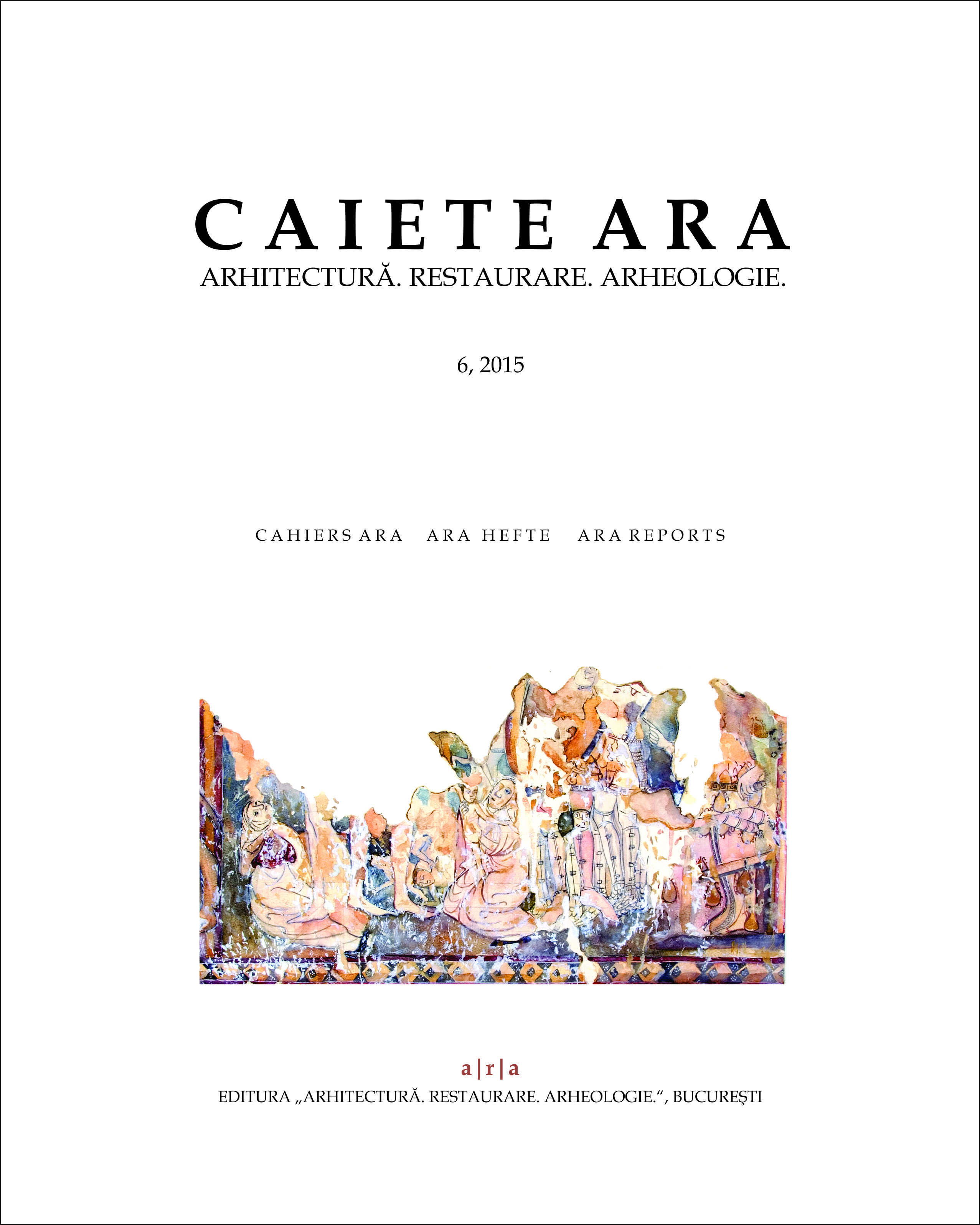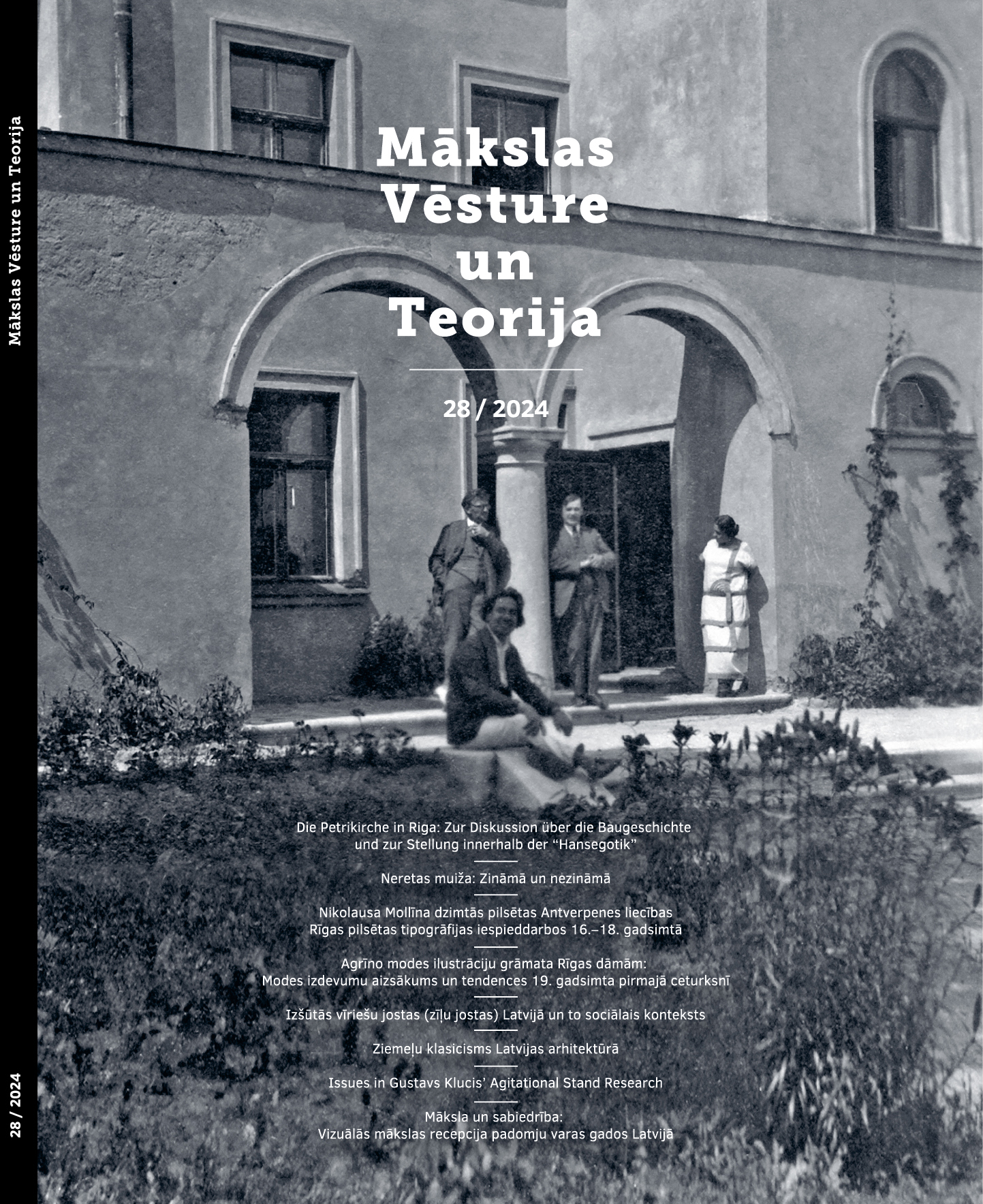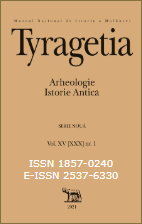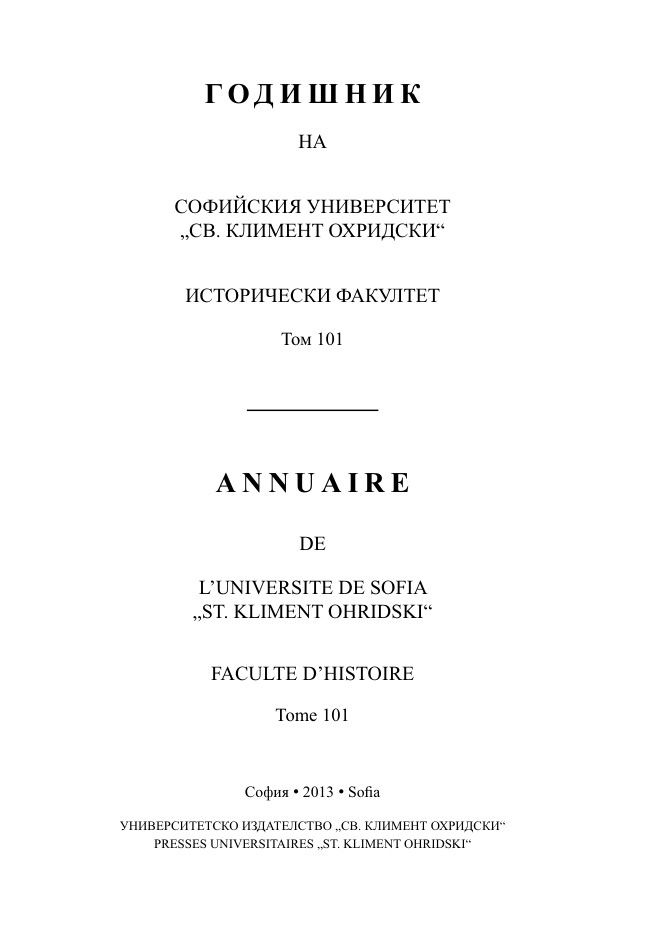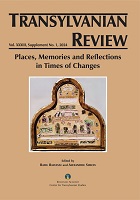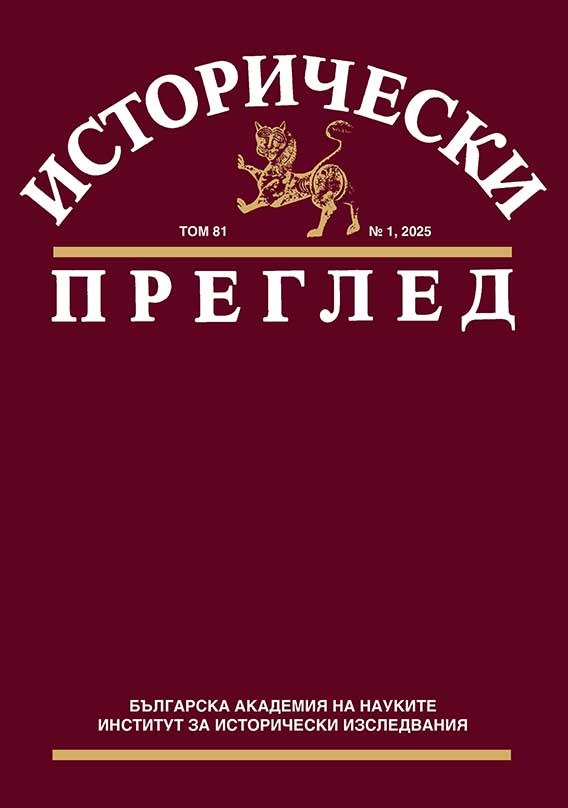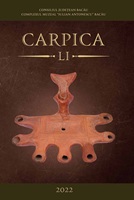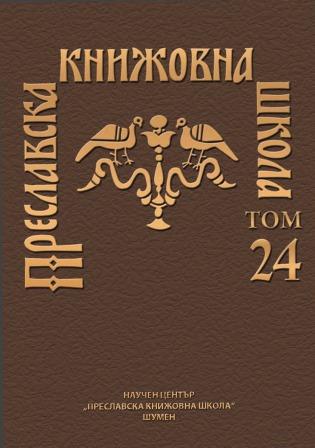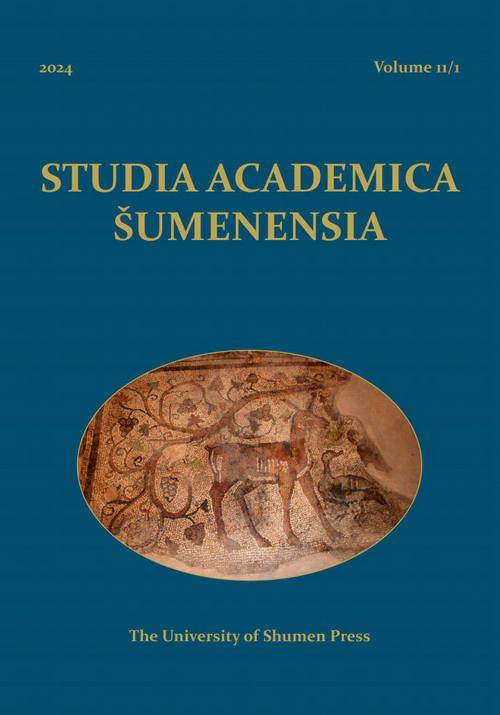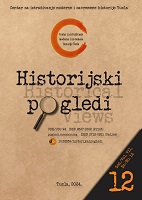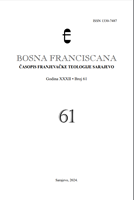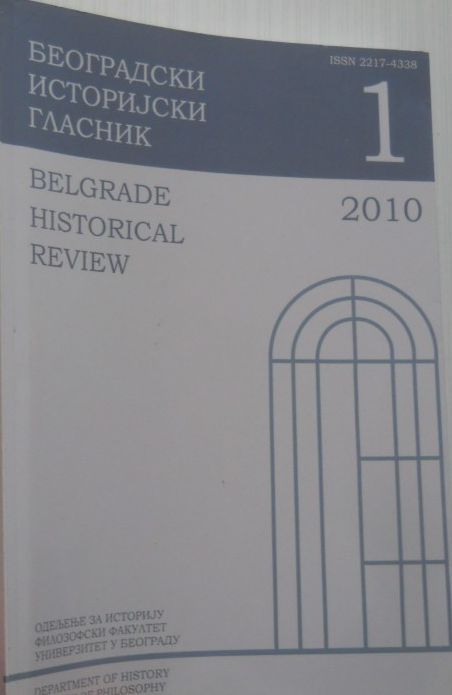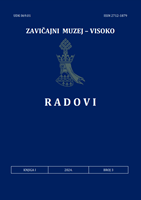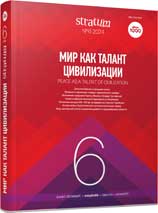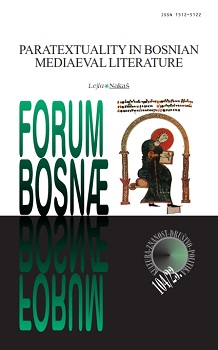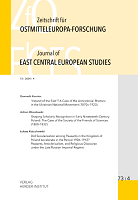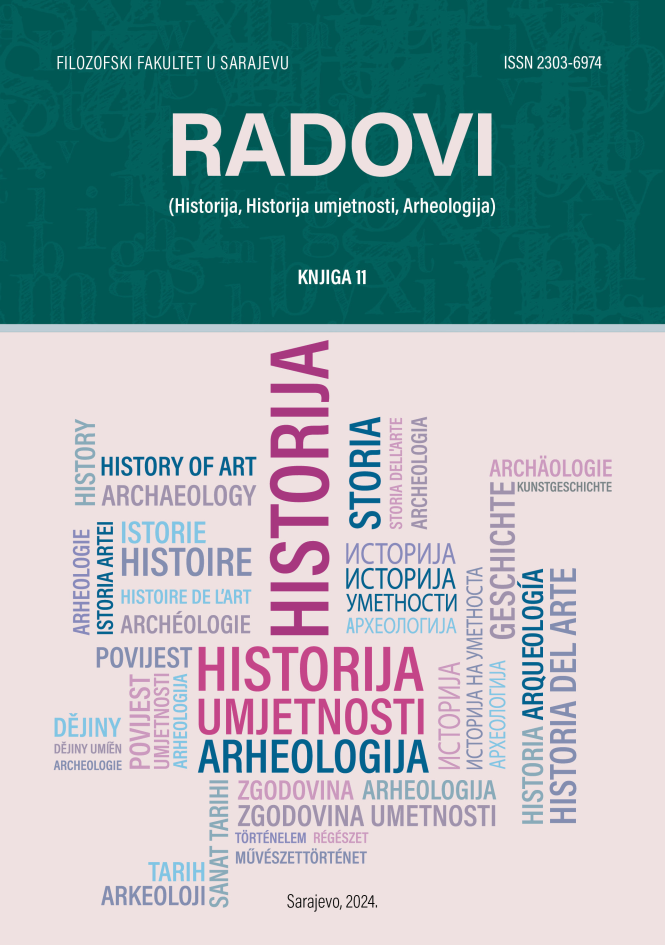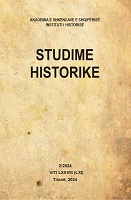Author(s): Gjon Berisha / Language(s): Albanian
Issue: 02/2024
The events that took place within the Principality of Balsha were related to the political, economic and military developments not only of the Balkan princes but also of the powers of the time, such as Venice, Ragusa, Hungary and the Ottoman Empire, hence the weapons and their use is directly connected to these countries. In these conditions, since the second half of the century. XIV and onward, the Balsha feudal lords, within the framework of strengthening and expanding their principality, made numerous efforts, not only to produce weapons from local or regional workshops, but also took advantage of the technological achievements of Europe with the invention of gunpowder and firearms . Estimated on the basis of the sources of the time and compared to the fund of weapons that were used in the countries of the region and those of medieval Europe, Balsha’s did not stand behind. The weapons used in the possessions of Balsha belong to the types of weapons that were known in the territory of the Balkans, Central and Eastern Europe in the Middle Ages. Among the most important melee weapons of attack during the Middle Ages were swords, knives, bows, arrows, spears, crossbows, etc., as well as artillery firearms (bombardas/cannons) and a type of infantry rifle. Among the most important weapons used for protection during the Middle Ages were: armor, shields and helmets. Especially at this time when wars and unrest were incessant in the possessions of the Balsha, the demand for military capacities and armaments was constantly increasing and the possibilities of providing them were made through different ways - through trade, their production, looting, smuggling and even insurance theirs through various agreements. In such situations, arms trafficking was supposed to be a profitable branch for merchants. The local arms manufacturers could not meet all the needs in arms, especially in the most modern and abundantly equipped ones, so some arms were imported. The Republic of Ragusa stands out from the countries that supplied the most weapons to the Balsha, which, apart from economic interests, had no territorial disputes with the Albanians and the Balshas. This made it clear that the types of weapons made and those bought in medieval Arberia respected the European standards of that time and also confirm an already known fact that Albanian rulers, like those of other Balkan countries, in the 14th century imported the most advanced types of weapons. sophisticated weapons from the best local workshops, from Italian workshops or from southern European workshops that existed in Ragusa, Kotor, Novobërdë or in Hungary. Axes, spears and arrows, the forms of which remained unchanged over a fairly long period of time, are almost products of local armourers. Medieval written sources confirm the existence of such shops on the Adriatic coast, in the north and in the interior of the country. In the framework of the development and expansion of their possessions, the Balshas also created and strengthened the armed naval fleet, for which from time to time they had conflicts with Venice, which tried to play the role of the supervisor of the Adriatic.
More...
